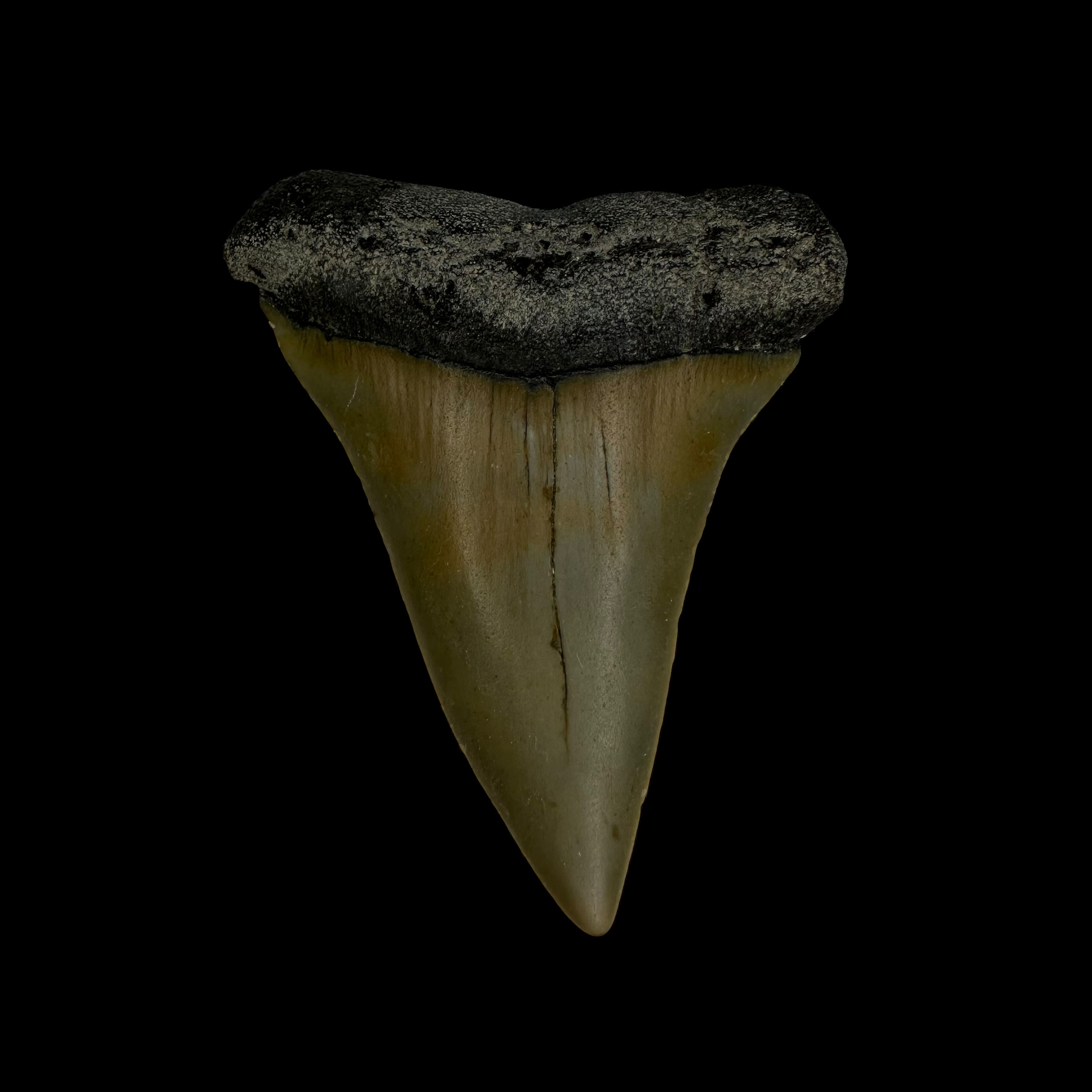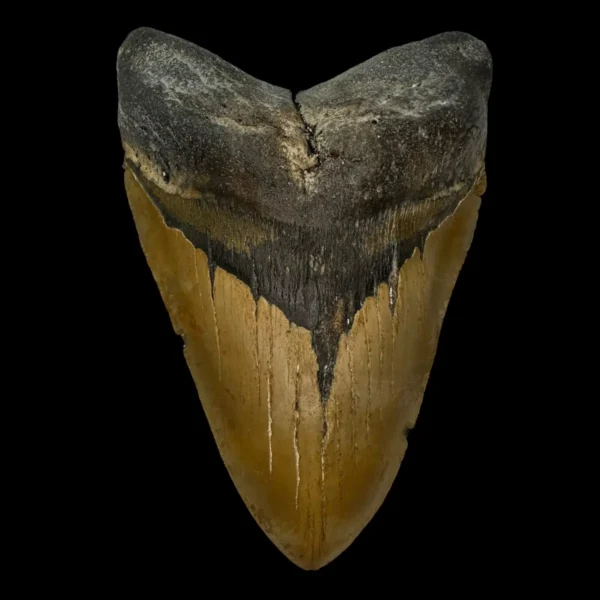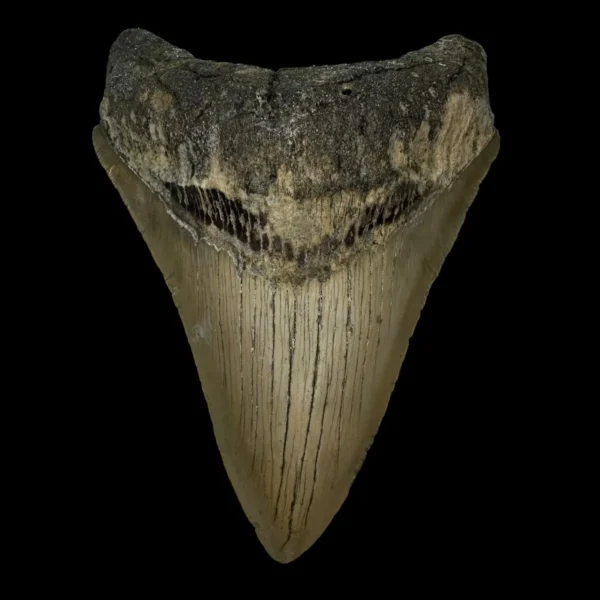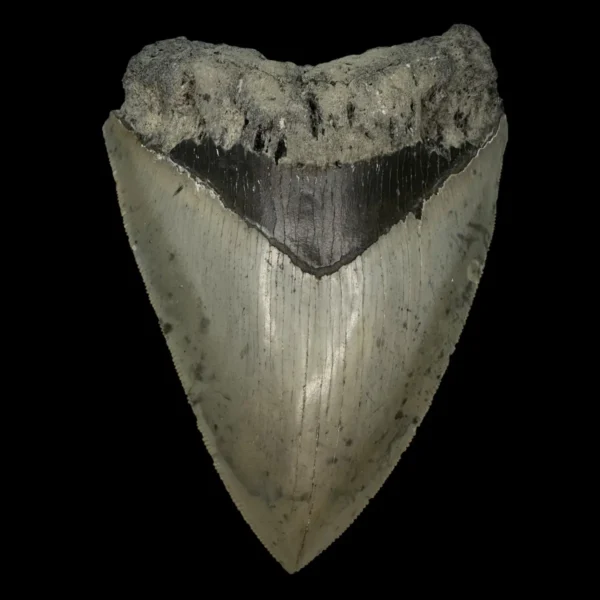For over 400 million years, sharks have dominated Earth’s oceans as apex predators. This extensive timespan makes shark evolution a million year marvel in biological history. Their ability to adapt and survive mass extinctions has fascinated scientists and the public alike. In this blog, we’ll take a deep dive into how sharks have evolved, what this evolution reveals about marine ecosystems, and how modern science continues to uncover the secrets of these ancient creatures.
The Origins of Sharks
Sharks date back to the Silurian Period, over 420 million years ago. The earliest known shark-like fossils consist mostly of scales and teeth, which are the most durable parts of their anatomy. One of the earliest species, Cladoselache, appeared during the Devonian Period, often called the “Age of Fishes.” This shark had a streamlined body, was a fast swimmer, and already showed many characteristics of modern sharks.
Learn more about Cladoselache and other early sharks.
Adaptations and Survival
Shark evolution a million year journey is defined by incredible adaptability. Their cartilaginous skeletons, unlike bony fish, make them lighter and more flexible. Over millions of years, sharks developed a variety of adaptations, including:
- Electroreception: Ability to detect electrical signals from prey
- Ampullae of Lorenzini: Specialized organs that sense movement and temperature
- Multiple rows of teeth: Ensuring continuous hunting efficiency
These features have contributed to their resilience across time. Explore how sharks use electroreception.
Ancient Giants
Some prehistoric sharks were true giants. The most famous is Megalodon, which lived approximately 23 to 3.6 million years ago. With teeth over 7 inches long and a body possibly up to 60 feet, Megalodon was a top predator.
Its extinction is still debated. Climate change, changes in prey distribution, and competition from other predators may have played roles. Read about the theories behind Megalodon’s extinction.
Diversification of Species
Today, there are over 500 known species of sharks, a result of millions of years of evolution. From the small dwarf lantern shark to the massive whale shark, their diversity is a testament to evolutionary success.
Some evolved for deep-sea environments, while others thrive near coasts or in coral reefs. This diversification has made sharks essential to marine ecosystems. Discover modern shark species.
Shark Evolution Through Fossils
Fossil records, especially teeth, offer crucial insight into shark evolution. Since cartilage doesn’t fossilize well, scientists rely heavily on teeth to track changes across time.
Subtle differences in tooth shape, size, and structure help identify species and their diets. See how paleontologists use shark teeth in research.

The Impact of Environmental Shifts
Sharks have survived several mass extinction events. Their evolutionary success can be partly attributed to their ability to adapt to changing climates and ocean chemistry. During the Permian-Triassic extinction, nearly 90% of marine species disappeared. Sharks endured.
Over millions of years, shark species migrated and evolved to fit new ecological niches. Review the Permian extinction’s impact.
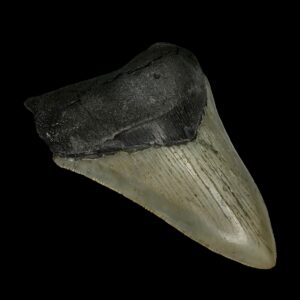
Human Discovery and Misconceptions
In ancient times, shark teeth were mistaken for dragon tongues or mystical artifacts. It wasn’t until the 17th century that scientists began to correctly identify them as part of an extinct animal’s anatomy.
Museums around the world now proudly display fossilized shark teeth and skeletal reconstructions. Visit the Florida Museum’s shark exhibit.
Modern Genetic Research
With the advent of DNA sequencing, scientists can now trace evolutionary relationships between species. Genomic studies of sharks have revealed unique immune systems and cellular repair mechanisms that could aid human medicine.
Some researchers believe shark genetics could hold keys to understanding aging and cancer resistance. Read about shark genome studies.

Conservation and Future Studies
Despite their long evolutionary history, sharks today face threats from overfishing, habitat loss, and climate change. Many species are endangered or vulnerable.
Studying shark evolution a million year in scope helps conservationists predict how they might respond to modern challenges. Support shark conservation efforts.
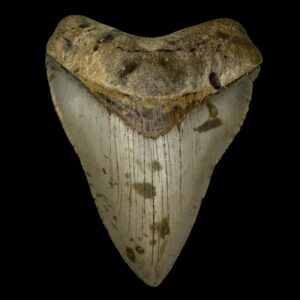
Key
Takeaways on Shark Evolution
- Sharks have evolved for over 400 million years
- Their adaptability includes physical and sensory traits
- Fossil records primarily consist of teeth
- Shark DNA is now being used for medical research
- Conservation is critical for their future survival
Explore shark facts from NOAA for further reading.
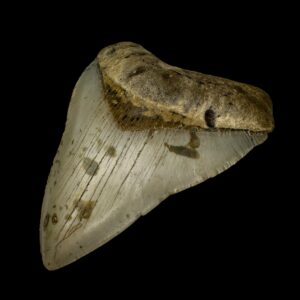
Continued Curiosity and Research
Interest in shark evolution continues to grow as researchers uncover more fossils and conduct genetic studies. Understanding how sharks thrived for such a long period can offer broader insights into evolution, ecology, and survival.
This long tale of shark evolution a million year strong reminds us of nature’s ability to adapt and endure. As new technologies emerge, the story of sharks will continue to unfold, offering both awe and scientific value.
Fossil Evidence of Shark Resilience
Fossil records play a key role in understanding shark evolution a million year into the past. The abundance of well-preserved shark teeth from various periods allows scientists to track not only species variation, but also migration patterns and feeding behavior. These findings underscore just how adaptable sharks have been over vast stretches of time. The ability to shift across habitats and survive environmental upheaval is a recurring theme in shark evolution a million year studies.
Some fossils date back to over 400 million years, far predating the dinosaurs. Over these millions of years, sharks have survived five mass extinction events. The sheer endurance of these creatures is a testament to their evolutionary success.
Evolutionary Paths and Species Diversity
Sharks are not a monolith—over 500 species exist today, with countless more extinct species documented through paleontology. This incredible diversity stems directly from shark evolution a million year in the making. For instance, filter-feeding sharks like the whale shark evolved separately from the powerful hunters like the mako or great white. Each species has undergone specialized adaptations to fit its ecological role.
This variation highlights the flexibility of the shark lineage. As ecosystems changed, sharks followed different evolutionary trajectories, taking advantage of new niches. Such outcomes are common when analyzing shark evolution a million year deep in the fossil record.
Ecological Impacts of Evolution
By examining shark evolution a million year at different oceanic layers, researchers have uncovered how certain species influenced the food chain. Apex predators play a crucial role in maintaining biodiversity, and as sharks evolved, they helped regulate fish populations and coral reef health. Without these predators, ecosystems risk collapse from overpopulation or disease.
Evolutionary changes in shark size and hunting methods also reflect changes in prey availability. As fish became faster and more agile, sharks evolved speed and precision. These co-evolutionary dynamics form a key narrative within the broader study of shark evolution a million year across multiple eras.
Human Understanding and Technology
In recent decades, technology has advanced our understanding of shark evolution a million year beyond what was possible with traditional paleontology. Techniques like CT scanning and isotopic analysis now allow scientists to reconstruct entire shark skeletons and deduce their diet and migratory behavior. These insights not only fill gaps in our evolutionary knowledge but also aid modern conservation efforts.
Additionally, machine learning tools are being used to simulate evolutionary scenarios, projecting how sharks may continue to adapt under changing climate conditions. All of these scientific strides reinforce the complexity and depth of shark evolution a million year over time.
Inspiration for Future Generations
The story of shark evolution a million year is not just for scientists—it captivates students, educators, and nature enthusiasts worldwide. Educational programs and documentaries bring this long history to life, inspiring curiosity and action. Knowing the lineage of sharks connects us more deeply to the ocean and reminds us of our role in protecting its future.
Whether you’re fascinated by their survival story or intrigued by their biological design, exploring shark evolution a million year into the past offers endless insights—and a renewed respect for these ancient survivors.
Copyright © TheFossilExchange
